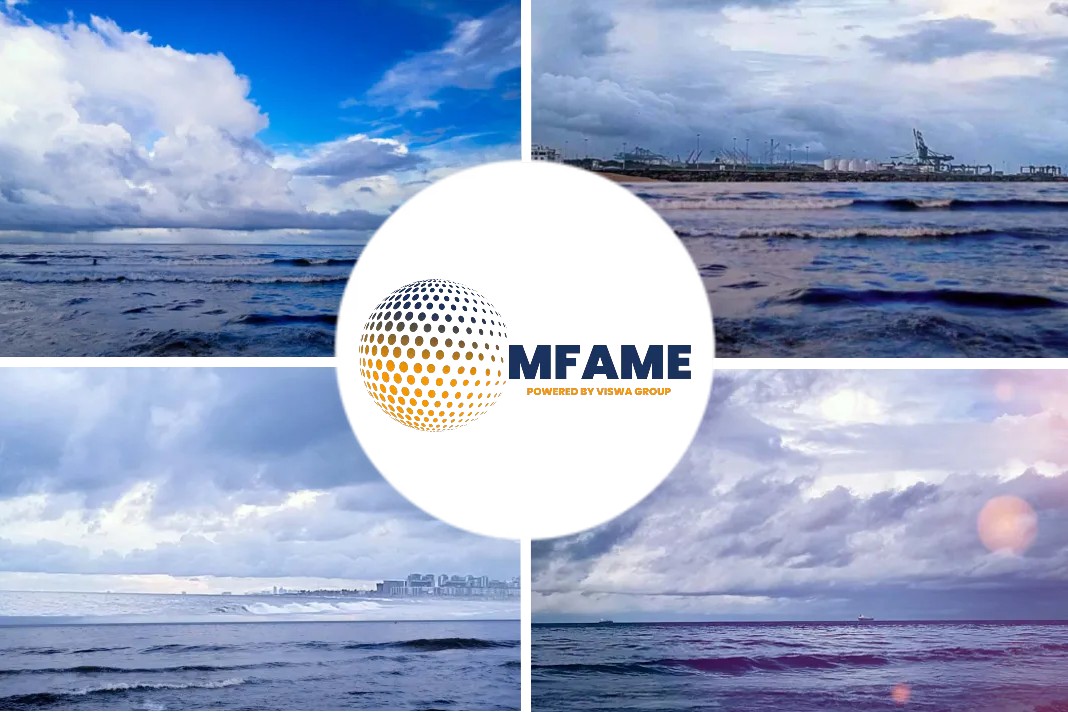
- A German duo announced the development of a one-of-a-kind inland waterway vessel that they aim to power with hydrogen by 2028.
- Hydrogen can also be transported over longer distances when it is combined with nitrogen and processed into ammonia, and later converted back into hydrogen.
- The Scottish government will invest £1.2 million ($1.3 million) to build a testing facility for hydrogen storage vessel concepts in Aberdeen city of Scotland.
Hydrogen is not as attractive as other bunker fuel alternatives due to its high storage costs and transportation issues. However, as evidenced by this week’s top headlines, it still remains at the core of the alternative fuel transition. It could be used as a source of power alone, or as a part of the feedstock for cleaner marine fuels, such as ammonia and methanol.
Alternative fuels
A German duo announced the development of a one-of-a-kind inland waterway vessel that they aim to power with hydrogen by 2028.
HGK Shipping and Hydrogenious LOHC Technologies will use hydrogen released from liquid hydrogen organic carriers (LOHCs) to power fuel cells in a demonstration vessel.
Green hydrogen
In a separate endeavour, renewable energy producer CWP Global will study the feasibility of using Hydrogenious LOHC Technologies’ benzyl toluene-based LOHC to ship roughly 182,000 mt/year of green hydrogen from Morocco to Europe.
Meanwhile, ARA port authorities have partnered with Samskip, Shell and Linde Gas on a European project to provide hydrogen-powered fuel cells with backup batteries to ships on a “pay-per-use” basis.
Hydrogen power fuel cells
The initiative is set to be implemented along the Rhine Corridor by 2025. Although hydrogen will power fuel cells, transporting it in its pure form poses a challenge.
This dilemma stems from the fact that it must either be contained under pressure, which makes it difficult and expensive to store and ship, or be liquefied, which is more energy-intensive. Several companies are therefore exploring more affordable alternatives.
Centralised ammonia cracking facility
Hydrogen can also be transported over longer distances when it is combined with nitrogen and processed into ammonia, and later converted back into hydrogen.
The Port of Rotterdam has been exploring a centralised ammonia cracking facility capable of producing 1 million mt/year of hydrogen from around 20,000 mt/day of imported ammonia.
A study conducted by Fluor on behalf of the Port of Rotterdam and 17 other cross-sector companies recently deemed this venture “feasible” and cost-competitive.
Hydrogen storage vessel testing facility
The Scottish government will invest £1.2 million ($1.3 million) to build a testing facility for hydrogen storage vessel concepts in Aberdeen city of Scotland.
This testing complex, which will be developed by the Scottish Robert Gordon University, is aimed at enabling small- to large-scale compressed hydrogen storage vessels to be developed, demonstrated and launched.
Did you subscribe to our Newsletter?
It’s Free! Click here to Subscribe.
Source: Hellenic Shipping News






















